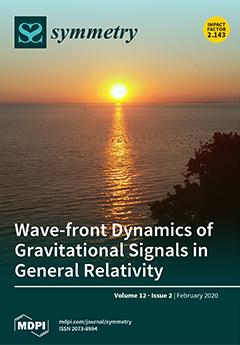The weighted independent set problem on
-free graphs has numerous applications, including data mining and dispatching in railways. The recognition of
-free graphs is executed in polynomial time. Many problems, such as chromatic number and dominating set, are NP-hard
[...] Read more.
The weighted independent set problem on
-free graphs has numerous applications, including data mining and dispatching in railways. The recognition of
-free graphs is executed in polynomial time. Many problems, such as chromatic number and dominating set, are NP-hard in the class of
-free graphs. The size of a minimum independent feedback vertex set that belongs to a
-free graph with
n vertices can be computed in
time. The unweighted problems, clique and clique cover, are NP-complete and the independent set is polynomial. In this work, the
-free graphs using the weak decomposition are characterized, as is the dominating clique, and they are given an
recognition algorithm. Additionally, we calculate directly the clique number and the chromatic number; determine in
time, the size of a minimum independent feedback vertex set; and determine in
time the number of stability, the dominating number and the minimum clique cover.
Full article





